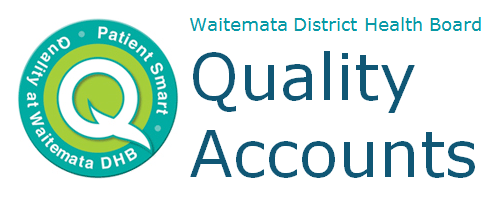
A chest drain can help drain air, blood, or fluid from the space surrounding your lungs, called the pleural space. The chest drain is a hollow plastic tube that is inserted between the ribs into the pleural space. The tube may be connected to a drainage system.
 A chest tube may be required for any of the following:
A chest tube may be required for any of the following:
- a collapsed lung
- a lung infection
- bleeding around your lung, especially after a trauma (such as a car accident)
- fluid build-up due to another medical condition, such as cancer or pneumonia
- breathing difficulty due to a build-up of fluid or air
- surgery, especially lung, heart, or oesophageal surgery
The tube will stay in place until the fluid, blood, or air is drained from the chest and/or the lung has re-inflated.
What are we trying to achieve?
Chest Drain insertion is a core skill for a medical registrar. It is an invasive procedure with potentially life-threatening complications. Registrars move around every six months through all the DHBs during the course of their training and as such there are varying levels of clinical experience and increased responsibility, particularly after hours.
It was identified that a new model of registrar orientation was required to:
- assess the chest drain insertion level of competency of the current medical registrar group
- ease the transition to becoming a new registrar at Waitemata DHB
- provide individualised feedback to each registrar
- ensure compliance with DHB guidance and patient safety
What have we done?
We ran pilot training sessions in June 2016 for registrars who were either new to the DHB or new to the registrar role in June 2016. These were led by a Respiratory Consultant with:
- four half-day sessions across both North Shore and Waitakere Hospitals
- 30 minute 1:1 session per registrar (total of 32 registrars)
Three techniques were taught using chest mannequins to practice procedures:
- thoracentesis (removal of fluid from the space between the lungs and the chest wall (the pleural cavity) using a needle inserted between the ribs)
- Seldinger drain insertion (a specific chest drain insertion technique)
- large-bore drain insertion
Participation and Evaluation
- We determined prior registrar (individual) chest drain experience, then the training sessions were then tailored to meet the individual registrar’s requirements
- Performance was recorded on a directly observed procedural skills (DOPS) form
- Individualised feedback was provided to each registrar on their performance
- Registrar evaluation of the teaching sessions was collated via an anonymous feedback form
What did we find?
Registrars were asked to complete a self-evaluation of their confidence and safety in inserting a chest drain before and after the chest drain training:
- 52% increase in how confident they felt in inserting a chest drain
- 48% increase in how safe they felt inserting a chest drain
A six-month follow up review of the training with registrars that had attended identified that:
- 83% had changed their technique directly as a result of the training session
- 67% had inserted between one to three chest drains since the training session (33.3% independently)
- 50% had used ultrasound under supervision (33.3% independently)
- 33.3% had supervised other trainees performing chest drains

Where to from here?
- Using the same model of teaching lumbar punctures (taking spinal fluid via a needle) and ascetic drainage (drainage fluid from the abdomen) have been added to the orientation programme
- Monthly evening chest drain teaching sessions were introduced with a further technique added using ultrasound
- First and Second year house officers now receive the same chest drain sessions in their teaching programme
- This model of orientation is able to be used in other Waitemata DHB services
